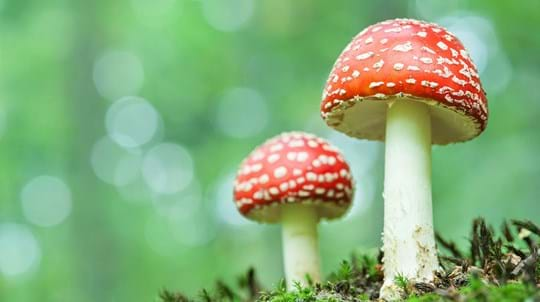
Credit: www.pqpictures.co.uk / Alamy Stock Photo
Value to wildlife
Chicken of the woods is a vital species, supporting a host of wildlife. There are some specialist beetles which only feed on bracket fungi like chicken of the woods, including the hairy fungus beetle (Pseudotriphyllus suturalis). It is also eaten by deer.









